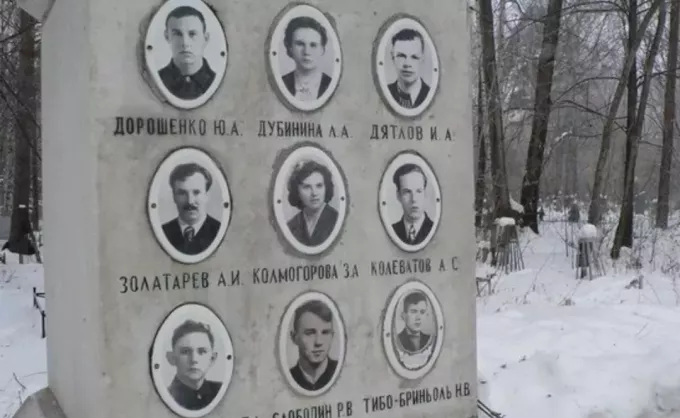The death of climbers in the former Soviet Union, which occurred between February 1st and 2nd, 1959, is considered a mystery to this day. At that time, mountaineers, specializing in cross-country skiing, studied at the current Ural State Technical University. However, the tragic outcome led to the discovery of the lifeless bodies some time later.
see more
Company launches the 1st "flying saucer" for crew members; meet…
Mercury entered Leo; find out how it will impact your sign

Young people were found dead in a camp located in the Ural Mountains, Siberia region. When they were discovered, the bodies of the climbers were scattered and had serious injuries, as was the case of a woman who had her tongue torn out.
According to the police investigation conducted at the time, a knife was found in the climbers' tent, suggesting that there might be something inside the hut or that the students were trying to get away from some situation dangerous.
Back then, communication was not as easy as it is today. For this reason, the leader of the expedition, Ígor Dyatlov, only 23 years old, planned to send a telegram to the university on February 12, informing him of the group's return.
However, as the days passed and there was no news, the victims' relatives became concerned and, from the 20th February, University students volunteered to carry out searches in the region in an attempt to find the Mountain climbers.
Initially, only 5 people were found with different injuries that indicated violent action, such as blows with objects to the victims' bodies. Only three months later, with the melting of the snow, the last 4 bodies of the climbers were found, of which three had serious injuries.
Today, the site is known as the Dyatlov Pass, in honor of Igor, the young climber and leader of the expedition.
To this day, the case remains unexplained. At the time, there were rumors that the Russian State knew the reason for the death of the climbers, but would have covered up the facts.
On the other hand, some people accused indigenous communities living in the region of having committed the murder of the climbers. However, nothing has been proven.
An article published in the journal Nature states that a specific avalanche may have been responsible for the deaths of the 9 Russian climbers. However, after 64 years, the case still remains unanswered and the mystery surrounding the climbers' deaths remains unsolved.